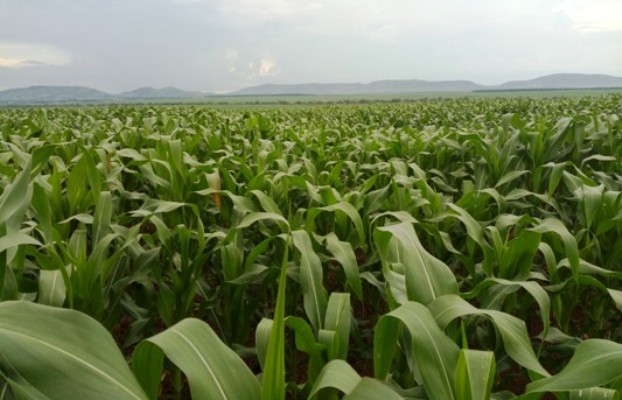By Patrick Kiconco Katabaazi
I have read various posts on facebook and other social media platforms where people are complaining bitterly about the rising fuel prices.
Many social media enthusiasts wonder why oil prices are rising when the Budget Frame Paper is yet to be approved by parliament.
Others have been wondering why this is the case when 2017/18 is not an election year and yet some still think that the rising oil prices are due to light-fingered business persons who have mastered the art of tinkering prices with the sole aim taking advantage of hapless credulous members of the public.

To begin with, I have said before, oil price movements are remotely connected to the Budget Framework Paper because of it being a medium term planning instrument for three years after the subsisting year in which it is passed.
This means that effects of plans contained therein can be only felt after implementation and beyond.
It is also trite that where as there are many drivers of oil commodity prices, the key ones are; the price of oil on international markets, price of the dollar in our local market as well as geopolitics.
The role of regional politics particularly the stalemate in the just concluded Kenyan election is critical in understanding this quandary because of the strategic location of that country as host of Uganda’s main port of importation.
I have not yet addressed my mind to the empirical studies on the impact of the Kenyan election on regional trade and thus I will focus on the other two outstanding drivers of oil prices.
The main driver of oil prices in any country is tagged to price movements on the international market and this is measured by the price of oil per barrel.
It should be recalled that in the last four years, oil prices have been incredibly low there by inflicting heavy losses on oil dependent/producing countries. This state of affairs has also led some economic and political pundits to question the viability of Uganda’s enduring oil production adventure.
In order to reverse this, OPEC and other nations including Russia agreed to a deal to sever production to prop up oil prices that had fallen below $50 a barrel in the period before 2016.It should be remembered that OPEC is a somewhat cartel of 14 oil-producing States that accounts for over 38% of the world’s oil output and their decision to limit production have far reaching impacts on oil prices on the world market.
It is therefore not surprising that that the international market for oil has seen a bump in oil prices from 50 dollars to the current 70 dollars per barrel.
USA which is also a key player in the international oil markets reported through The US Energy Information Administration that its crude inventories fell by almost five million barrels to 419.5 million barrels in the week to 2nd January. America’s production also fell by 290,000 barrels per day to 9.5 million there by US oil also rose 1.5% to $64.51 a barrel.
All these developments are vital in appreciating the price spread mechanism in international community because ultimately changes in the price movement ultimately affect pump prices everywhere in the world. This is perhaps of the key reasons for the rising prices of oil in Uganda and as long as OPEC countries continue to stick to their strategy, oil pump prices are destined to keep rising at least for 2018.
In Uganda’s circumstances as the country which relies heavily on imports, the price of dollar is very instructive in determining local prices for things that are imported.
2018 provides a unique scenario for the status of Uganda Shilling on the world market .Data from Bank of Uganda reveals that from 20th December 2017 to 20th January 2018,the Uganda shilling depreciated strongly against the dollar from 1/3,610.6 (weighted average purchases average) and 1/3,620.67 (weighted average Sales) to 1/3,634.69 and 1/ 3,644.69 respectively.
The foregoing reflects an average Uganda Shilling depreciation rate movement from -1.40 to 4.61 recorded through Interbank Foreign Exchange Market (IFEM) in the period under review.
Depreciation as a concept in monetary policy has its own positives as it makes our exports less expensive on the world market and thus expected to drive Uganda’s export volumes.
However, from the importation side the loss of value of our currency means that we have to pay for fewer units purchased of any commodity which includes oil.
As I have said before, the Christmas period for 2017 is unique in the context of exchange rate dynamics. Usually, because of the influx of Nkuba Kyeyos/Aba-summer (Residents of Europe and Americas who come to Uganda for Christmas festivals), the value of Uganda shillings usually goes up because of the incursion of dollars pound and other currencies whose effect runs through the month of January and perhaps February. For example for the period of December 1st 2016 to 2nd January 2017, the average depreciation rate was -0.84 compared to 0.20 for the same period. (1st December 2017 to 2nd December 2018.
Therefore, in my opinion, the current pump prices are driven by the rising price of the barrel at the international market due to the artificial reduction in output as well as the depreciation of the Ugandan shilling in the period under review.
Generally our local traders respond to these factors almost by reflex action which ultimately affects prices of the oil products that were traded in even before these developments. This is where consumer protection against predatory practices must come in.
In the long run perspective until we start producing oil and or stabilize our trade balance we should expect our oil prices to remain volatile .The impact of these dynamics is currently felt strongly because of many factors including the harsh conditions of January.
The writer is an Economist and Advocate of High Court of Uganda and can be reached on pkatabs@gmail.com.





